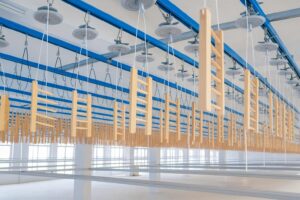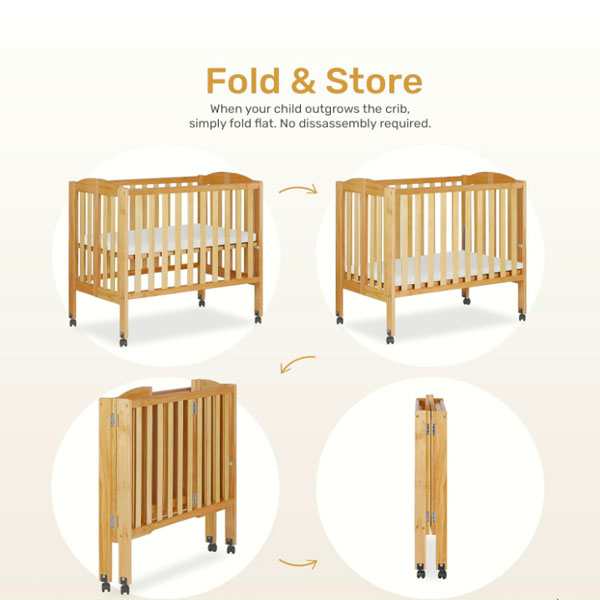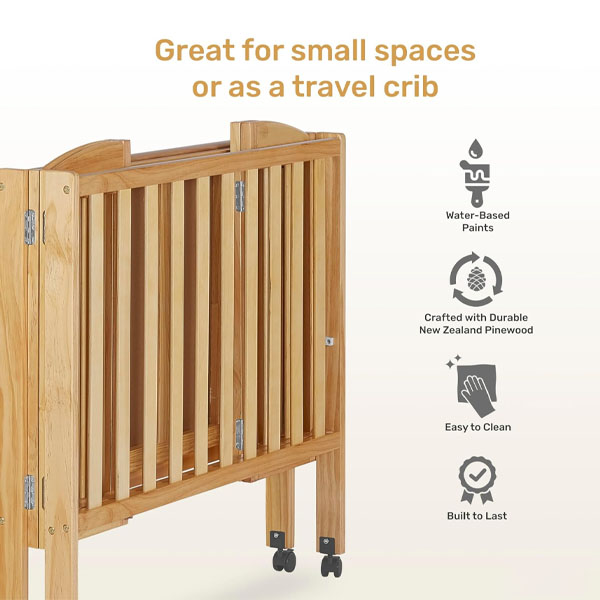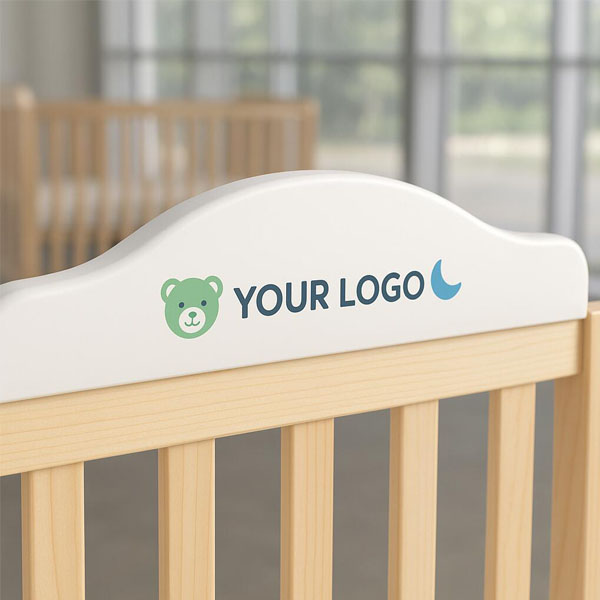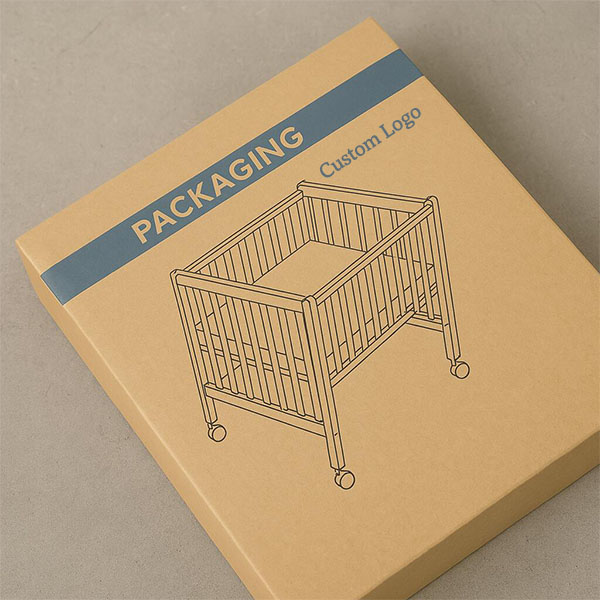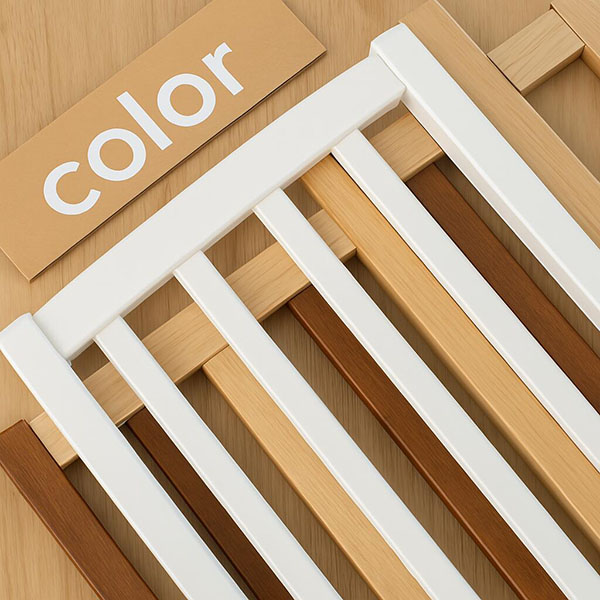Which is Better, a Crib or a Cradle?
New parents often struggle to choose between a crib and a cradle. Safety, comfort, and longevity are major concerns. Making the wrong decision can impact a baby’s sleep and well-being.
Cribs are ideal for long-term use and safety, while cradles offer portability and gentle rocking for newborns. The best choice depends on the baby’s age and the parents’ lifestyle.
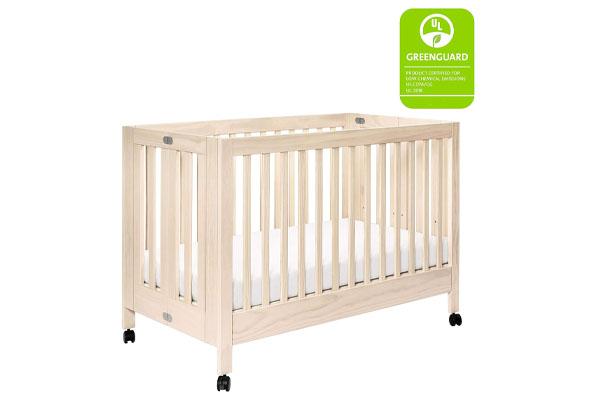
Both options have advantages and drawbacks. To help you decide, I’ll compare their features, safety aspects, and which one suits different family needs.
What Are the Key Differences Between a Crib and a Cradle?
Many parents wonder how cribs and cradles differ. Understanding their distinct features can make choosing easier.
A crib is a sturdy, long-term sleeping solution, while a cradle is smaller, portable, and designed for the first few months of life.
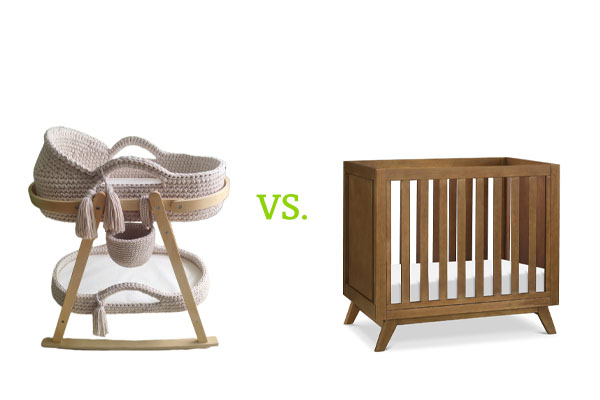
Feature Comparison
| Feature | Crib | Cradle |
|---|---|---|
| Size | Larger, suitable for long-term use | Smaller, ideal for newborns |
| Portability | Fixed, not easy to move | Lightweight, easy to relocate |
| Safety | Higher rails prevent falls | Lower sides, needs supervision |
| Usage Duration | Up to 3-4 years | 0-6 months only |
| Movement | Stationary | Often comes with a rocking function |
Cribs are a long-term investment, while cradles offer temporary convenience. The decision should be based on space availability and how long parents plan to use them.
Which One Is Safer for Babies?
Safety is the top priority when choosing between a crib and a cradle. But which one provides better protection?
Cribs generally offer more stability and prevent falls, while cradles can be riskier due to movement. Parents should follow safety guidelines to minimize risks.
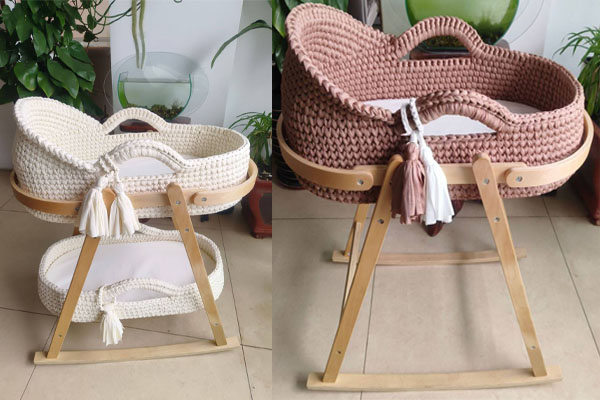
Safety Considerations
1. Stability
Cribs have sturdy frames, making them less prone to tipping. Cradles, especially rocking ones, can move unexpectedly if not used properly.
2. Risk of Falls
Cribs have higher sides, preventing babies from rolling out as they grow. Cradles have lower walls, increasing fall risks once the baby starts moving more.
3. Sleep Safety Standards
Cribs must meet strict safety regulations like ASTM and CPSC standards. Many cradles, especially older or hand-me-down models, may not comply with modern safety guidelines.
While cribs win in terms of long-term safety, cradles can be used safely if parents ensure a stable design and discontinue use when the baby starts sitting up.
Which One Fits Your Lifestyle Better?
Parents have different needs based on space, budget, and convenience. How do cribs and cradles fit into different lifestyles?
Cribs are best for families with space and a long-term plan, while cradles are ideal for small spaces and frequent movement.
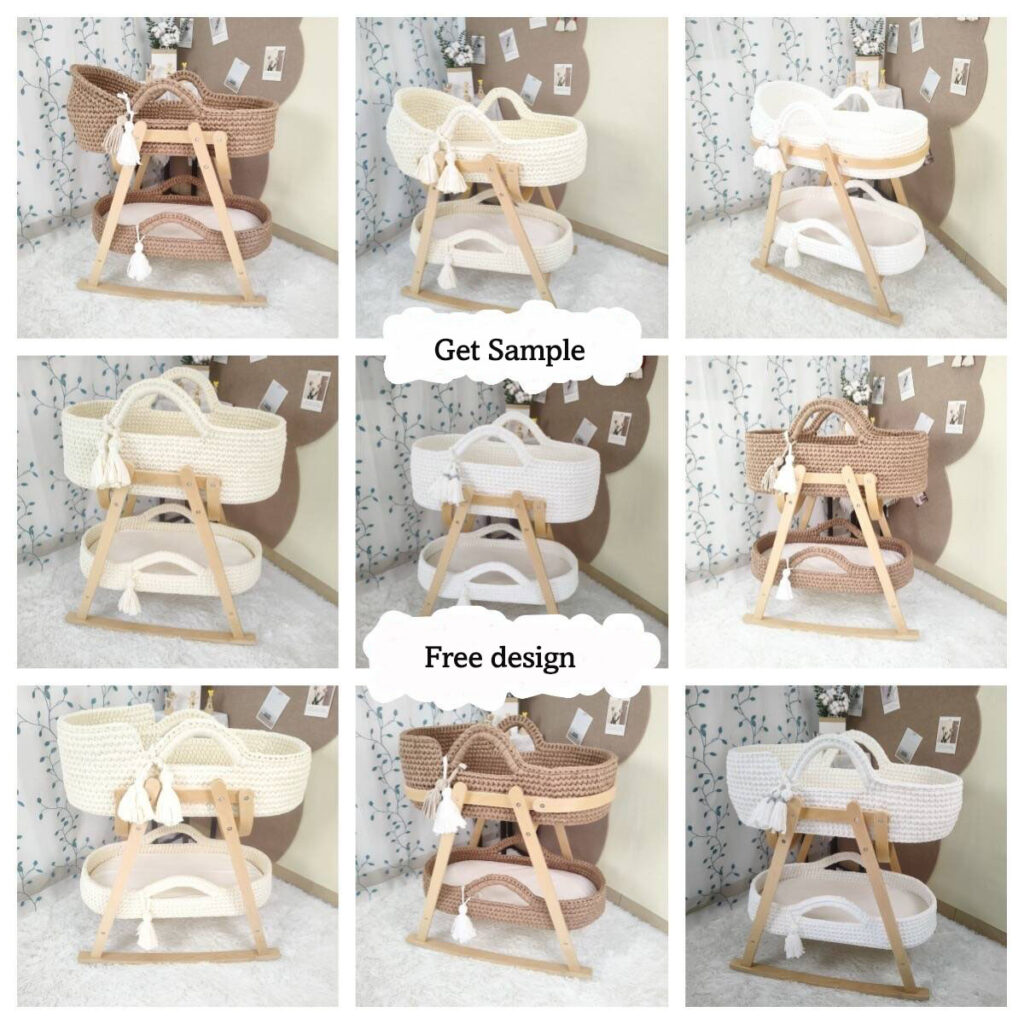
Which One to Choose?
| Parent Type | Best Choice | Reason |
|---|---|---|
| First-time parents | Crib | Provides long-term value and safety |
| Frequent travelers | Cradle | Lightweight and easy to move |
| Space-conscious families | Cradle | Compact and fits in small areas |
| Budget-conscious parents | Crib | Avoids multiple purchases as baby grows |
Parents who move often or have limited space might prefer a cradle. Those looking for a one-time purchase with extended use should opt for a crib.
Conclusion
Cribs offer long-term safety and durability, while cradles provide short-term comfort and portability. The best choice depends on a family’s space, budget, and lifestyle needs.

